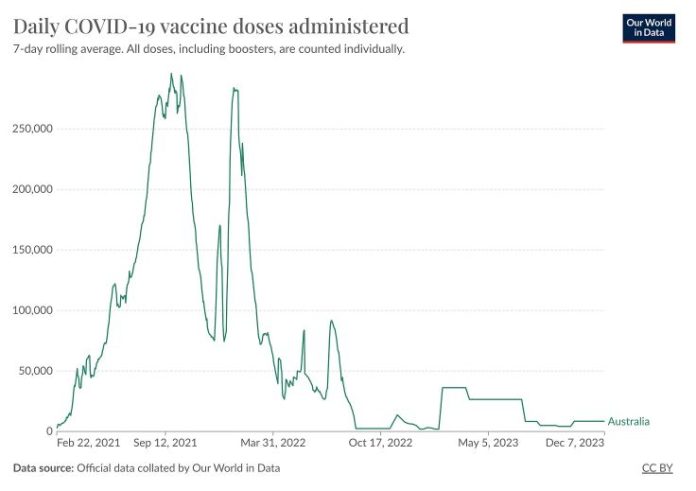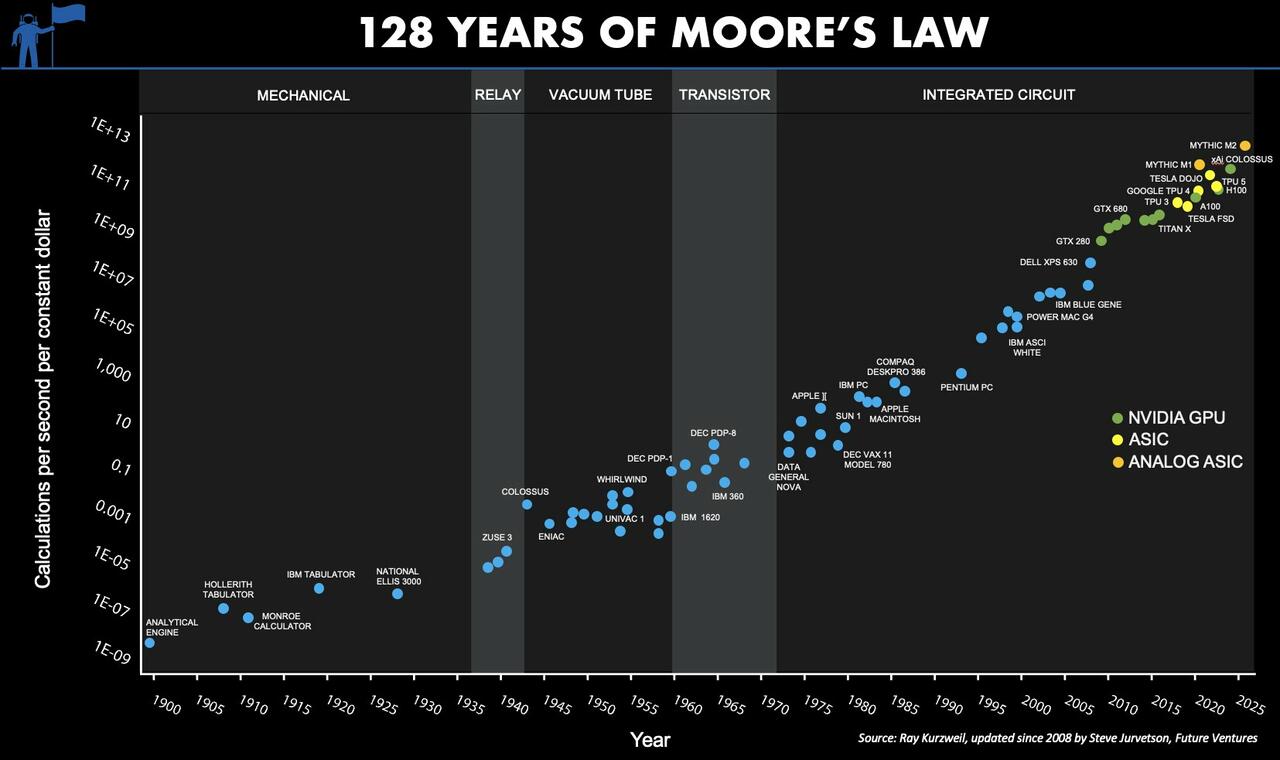|
Australians Abandon Failed mRNA Covid Shots

After climbing the world leaderboard during the initial Covid vaccine rollout to achieve over 95% vaccination coverage,1 Australians have turned their back on boosters, with the vast majority now ‘under-vaccinated’.
Just 1.7 million, or 8.5% of Australia’s 20.1 million adults have had Covid booster in the past six months, according to the latest Australian Government update (as at 7 February). In contrast, 18.1 million, or 90% had at least one vaccination previously, but have not kept up-to-date.
https://richardsonpost.com/rebekah-barnett/35010/australians-abandon-failed-mrna-covid-shots/
Probiotics In “Venus Fly Trap” Cure Cancer

In the relentless pursuit of effective cancer treatment, the Venus Flytrap (Dionaea muscipula) emerges as a promising natural ally.
Recent studies spotlight this unassuming carnivorous plant not only as a treatment but potentially as a cancer cure, revealing its arsenal of bioactive compounds. These compounds, rigorously tested in laboratories, have shown remarkable abilities to thwart cancer cell growth and induce apoptosis. As researchers delve deeper into the therapeutic potential of the Venus Flytrap, it becomes increasingly clear that nature might hold the keys to not just managing but curing various forms of cancer.
Dr Robert Lustig: How Sugar and Processed Foods Impact Your Health
In this episode, my guest is Dr. Robert Lustig, M.D., neuroendocrinologist, professor of pediatrics at the University of California, San Francisco (UCSF), and a bestselling author on nutrition and metabolic health. We address the “calories in- calories out” (CICO) model of metabolism and weight regulation and how specific macronutrients (protein, fat, carbohydrates), fiber and sugar can modify the CICO equation. We cover how different types of sugars, specifically fructose, sugars found in liquid form, taste intensity, and other factors impact insulin levels, liver, kidney, and metabolic health. We also explore how fructose in non-fruit sources can be addictive (acting similarly to drugs of abuse) and how sugar alters brain circuits related to food cravings and satisfaction. We discuss the role of sugar in childhood and adult obesity, gut health and disease and mental health. We also discuss how the food industry uses refined sugars to create pseudo foods and what these do to the brain and body. This episode is replete with actionable information about sugar and metabolism, weight control, brain health and body composition. It ought to be of interest to anyone seeking to understand how specific food choices impact the immediate and long-term health of the brain and body.
https://open.spotify.com/episode/1MDqwjo3TfL1w7NJo1wldR?si-THvDuFYmS9m0Y-x-LfHAVA
COVID Vaccine Shedding Is ‘Real,’ FDA and Pfizer Documents Are Proof: Clinicians

All gene therapy products pose a risk of shedding, according to the FDA.
Current hydration guidelines are outdated

Proper hydration is essential for optimal health, as it regulates body functions and transports nutrients. However, the common advice to drink eight glasses of water daily is inaccurate and outdated.
https://nexusnewsfeed.com/article/home-family-pets/current-hydration-guidelines-are-outdated/
Amazing Pool Billiards Shot
A colossal structure in the distant Universe is defying our understanding of how the Universe evolved

A colossal structure in the distant Universe is defying our understanding of how the Universe evolved.
VC Head Reveals “Most Important Graph Ever Conceived”

American businessman and venture capitalist Stephen Jurvetson laid out over a century of Moore’s Law on computational power advancements in a post on X.
Jurvetson, the founder of Future Ventures who funded Skype, SpaceX, Tesla, Zoox, Boring Company, and other startups, color-coded the transition from mechanical to relay to vacuum tube to transistor and finally to integrated circuits.
The End Of Fake News? MSNBC Hits New Low In Ratings

The leftist “news” channel MSNBC is facing a ratings crisis, with some of its advertiser-coveted viewership dropping to a two-decade low, according to Nielsen data reviewed by Fox News.
https://www.zerohedge.com/political/end-fake-news-msnbc-hits-new-low-ratings

